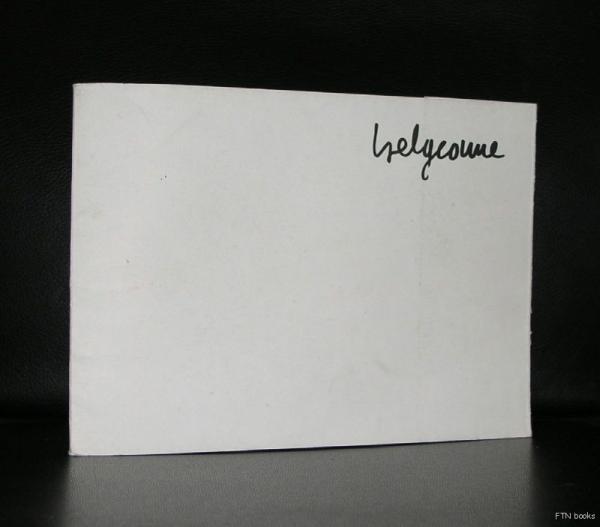
I do not generally endorse business-oriented publications, yet I will gladly depart from this practice for the sake of this exceptional Dutch magazine. A friend of mine recently brought its existence to my attention and they kindly dispatched a promotional copy to me. Upon perusing it, I was swiftly convinced to procure a subscription.
RODE HARING is a provocative and insightful art magazine that challenges conventional perspectives and highlights the avant-garde in both historical and contemporary art. Known for its sharp visual design and critical approach, RODE HARING brings together diverse voices from the world of art, theory, and design.
In a recent issue, RODE HARING dives into the conceptual world of Daniel Buren, a leading figure in minimal and conceptual art. The magazine explores his use of stripes as a visual language and his interventionist works that question the role of the museum, the gallery, and the context of art itself. Buren’s practice of in situ works and institutional critique is analyzed through essays and exclusive interviews.
Another feature centers on the Oenovis artists’ association, a vibrant collective of contemporary creators who work across disciplines and media. The article explores the roots of Oenovis, its experimental exhibitions, and the collaborative spirit that drives its members. The magazine documents recent projects and discusses the group’s contribution to expanding the boundaries of modern artistic expression.
A historical reflection is offered in an in-depth piece on Michel Seuphor, the Belgian-French writer and artist who played a pivotal role in documenting and theorizing abstract art in the 20th century. RODE HARING revisits Seuphor’s influence on European modernism and highlights his friendships with key figures like Mondrian, Kandinsky, and Arp.
Finally, the issue showcases the intricate and innovative designs of Chris Wegerif, a designer known for his refined work in the Arts and Crafts movement. Through visual essays and critical commentary, the magazine illustrates how Wegerif’s furniture and architectural elements remain both timeless and deeply connected to early modernist ideals.
With its unique blend of contemporary critique and historical perspective, RODE HARING continues to be a vital platform for those who seek to engage deeply with the visual arts.
For subscriptions please visit : www.rode-haring.nl
























































































